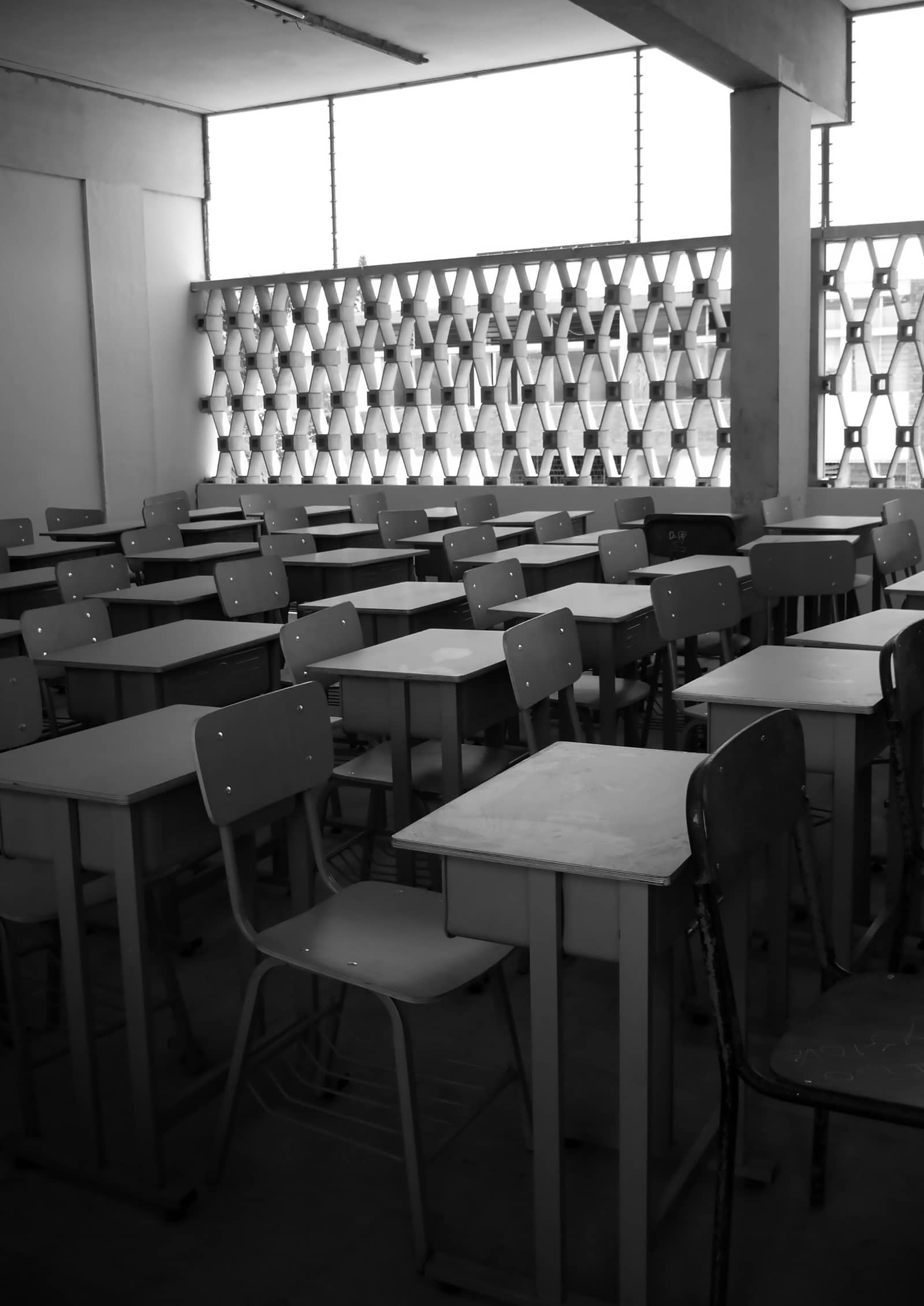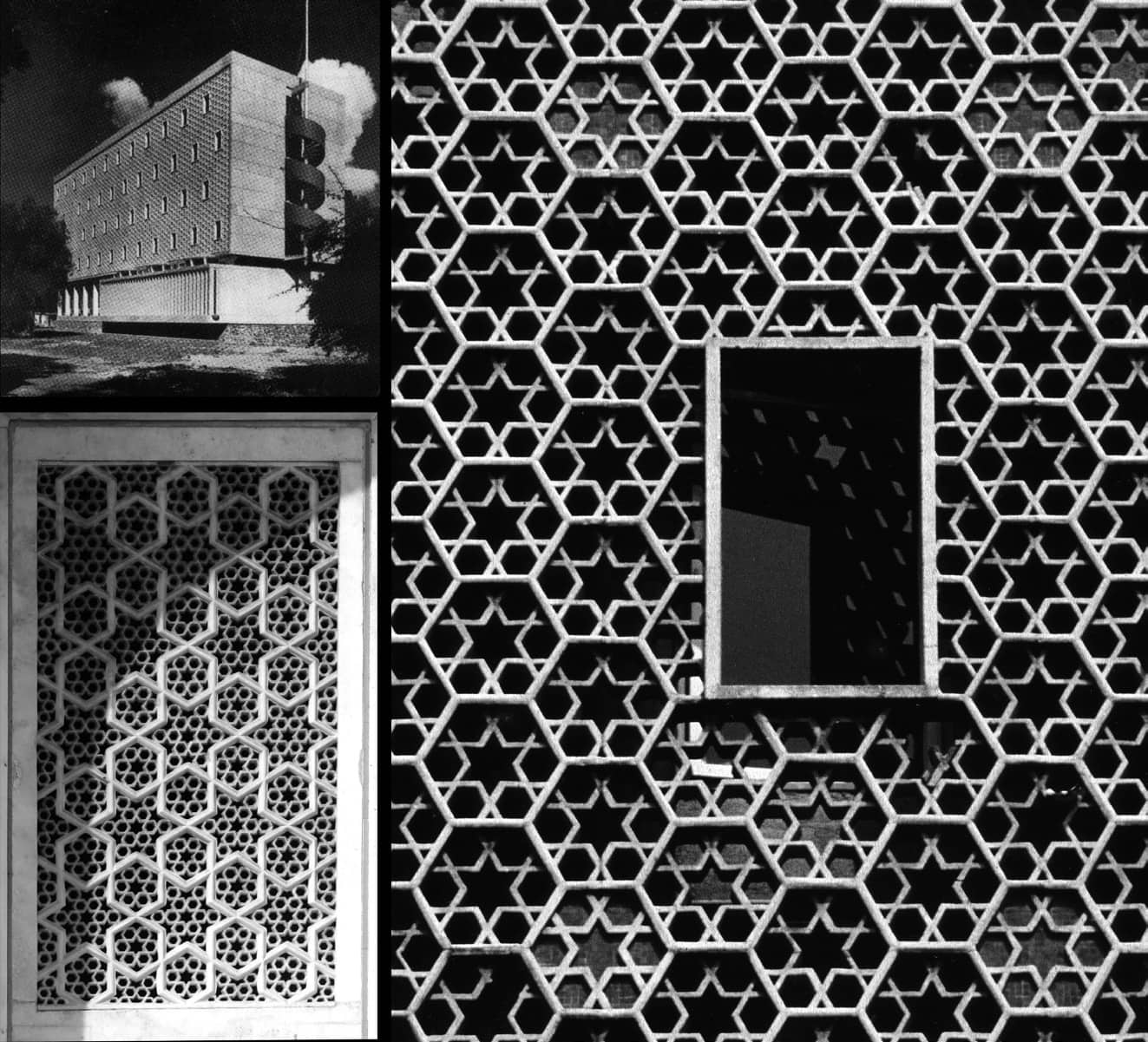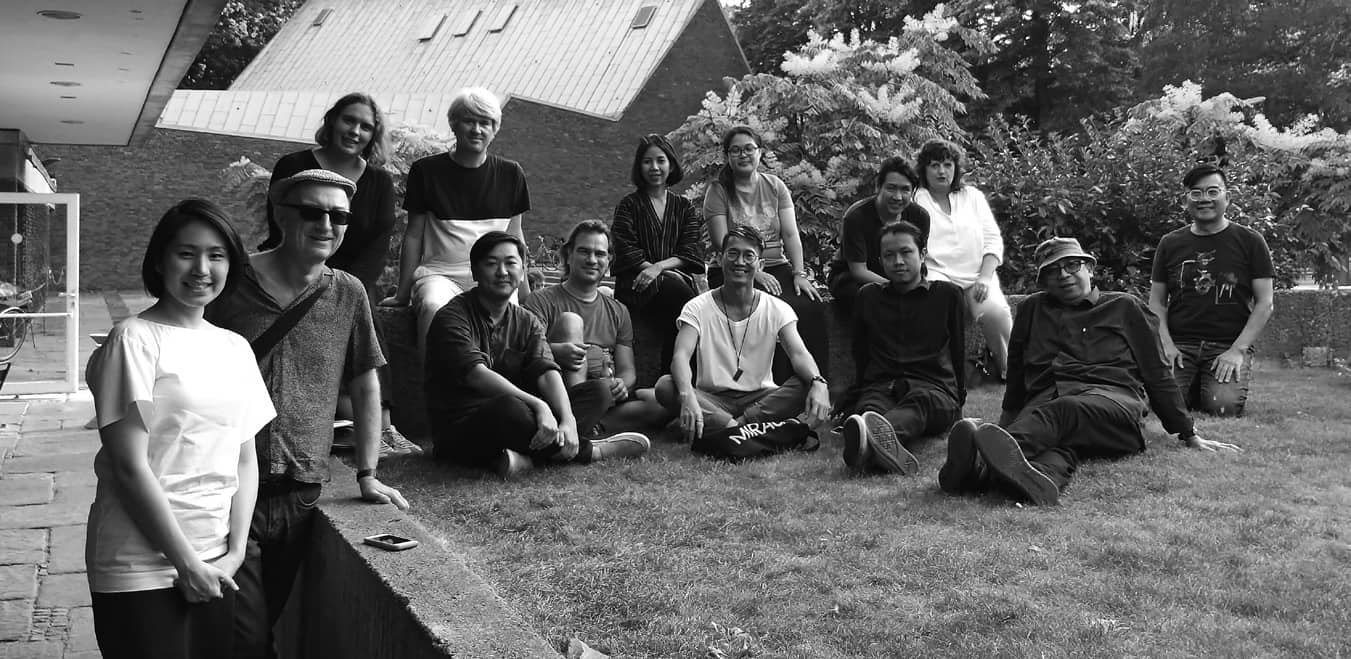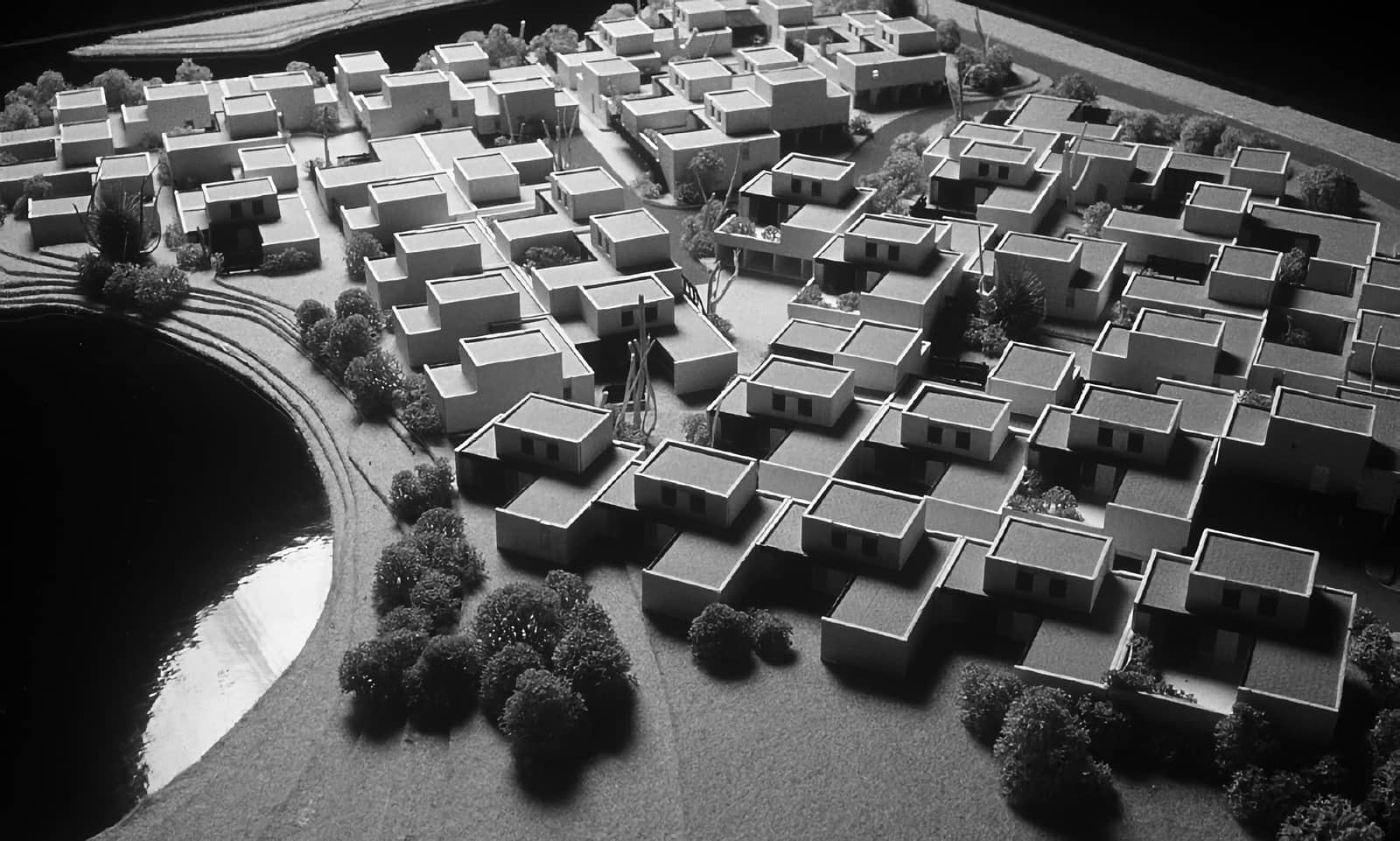
Editors: Ana Tostões
Guest editors: Pedro Guedes, Johannes Widodo
Keywords: Modern Movement, Modern architecture, Tropical architecture, Modern diaspora, Design with climate.
Getting back to the point of “Tropical architecture,” architecture in the humid tropics is collaboration with nature to establish a new order in which human beings may live in harmony with their surroundings. As publications at the time concentrated on French and British colonies, to achieve a comprehensive understanding of the Modern Movement diaspora, it is essential to revisit, analyse, and document the important heritage built south of the Tropic of Cancer, where the debate took place and architectonic models were reproduced, and in many cases subjected to metamorphoses stemming from their antipodal geography. Notable for the modernity of its social, urban, and architectonic programs, and also its formally and technologically sustained research, the modern architecture of these latitudes below the tropics constitutes a distinctive heritage.
Editorial
-
Getting back to the point of “Tropical architecture,” architecture in the humid tropics is collaboration with nature to establish a new order in which human beings may live in harmony with their surroundings. As publications at the time concentrated on French and British colonies, to achieve a comprehensive understanding of the Modern Movement diaspora, it is essential to revisit, analyse, and document the important heritage built south of the Tropic of Cancer, where the debate took place and architectonic models were reproduced, and in many cases subjected to metamorphoses stemming from...
Introduction
-
Over twenty years ago in the shadows of an architectural conference in the USA several of us from outside the American/European axis left early, finding the mainstream presentations and discussions boring, predictable and stuck in the ruts of well-worn paths. We were aware that in the wider world genuinely new ideas were emerging with rich traditions at play, altogether less constrained by self-conscious architectural production. We were keen to find a name for these new approaches emerging across latitudes below the Tropic of Cancer and settled on “South of Cancer” as a suitable...
Essays
-
While orthodoxy was consolidating its hold on modern architecture in the 1930s, fresh new ideas from the periphery began to widen and question its limiting vocabulary. This study looks at projects emerging before the end of that decade that paralleled the much publicized work of Le Corbusier and Brazilian innovators in developing ideas for taming the sun in warm climates. The story focuses on a forgotten speech given in Rangoon which enthused about a soon to be forgotten but effective method of solar control and triggered a yearning for architecture widening its scope to engage with...
-
This paper investigates how the notion of “tropical architecture” was established in Angola by looking at the local development of scientific knowledge on climate during the 20th century. It focuses on the processes that gave rise to a growing understanding of the geography and climate of the country, namely through the creation of local research institutes. Between the 1950s and the 1970s, increasingly more climatic data was collected in the country. This data was later combined with studies in building physics, giving rise to original research developed by the lea. Local institutions,...
-
Otto Königsberger was a German émigré architect who worked as the state architect in princely Mysore in British India in the 1940s. Upon emigration to London in 1951, he subsequently became an educator of Tropical Architecture (1954-1971) at the AA School of Architecture. This paper examines how Otto Königsberger’s career can illuminate “global” as a paradigm in Modernist historiography.
-
The French architect and urban designer Écochard, was one of the numerous architects that designed buildings and cities for newly independent nations in the post-war era of decolonization. Many of these young nation states were in search for urban and architectural projects that would explicitate a “proper” model of modernization that differed from that of the former colonizer. This essay argues that the principles of tropical architecture would play a key role in representing and monumentalizing such an alternative model of modernization.
-
Modernism in tropical in Australia is testimony to the tenacity and optimism of individuals and communities in the vast, “empty north” of the continent, but also reflects a young nation’s strategic and commercial need to develop and make viable this region in the years following WWII. As practitioners, academics and public servants, the Modern Diaspora, introduced and promoted Modernism as a climate responsive solution to building in the tropics. The result is work that is inventive, frequently of modest material means and expressive of its tropical circumstances.
-
Preis, who was a Viennese émigré and refugee architect with no early experience designing for tropical climates, went on to become one of the most prolific mid-century regionalist and modernist Hawai‘i designers. Although he is best known for his award-winning design for the USS Arizona Memorial (1962) - one of the ships infamously sunk in the Japanese attack on Pearl Harbor, Pries’s earlier institutional and residential commissions are arguably his most compelling. His Viennese roots directly influenced Pries’s approach to design in Hawai‘i. By engaging numerous precedents from Vienna,...
-
Parallel to the discourse of Tropical Architecture and the work of UK architects in the British colonial territories in the Middle East, Africa, and India after the WWII, climate adaptation designs or devices such as brise-soleil, perforated cement bricks, sun shading screens, courtyards, etc., started to emerge in modernist buildings in Asia. This article is a preliminary survey of these cases in Hong Kong and Macau since the 1950s. It discusses how tropicality was used in response to the post-war revisionism of Modern Movement that placed emphasis on local identity and culture.
-
An examination of the architectural value of the Japanese Embassy in Mexico, designed by Kenzo Tange, Pedro Ramírez Vázquez and Manuel Rosen Morrison, which is in danger of being demolished. The context of mid-century Mexican architecture is addressed in order to situate this work within its historic moment, thus confirming its importance. This building was the result of an intellectual encounter between one Japanese and two Mexican architects, who exchanged ideas, concepts and criteria, resulting in a building with an innovative formal design, due to the use of reinforced concrete, and...
Documentation Issues
-
The idea of environmental design – or loosely referred to as “tropical architecture” – is an ever-present but underlying discourse in modern Indonesian architectural history. Despite being tentative and, at times, overshadowed by other dominant issues, the quest for climate-related environmental tropical design is apparent in almost every generation of Indonesian architects.
-
The focus of this contribution is on the importance of tropical architecture in the work of Leandro V. Locsin, in the context of post-WWII in Asia. Based in the Philippines, Locsin is immersed in the Christian tradition – the main religion of a country that was dominated by the Spanish crown from the mid 16th-century to 1898, and where the Catholic Church remains powerful across much of the archipelago today. Attention is focused on Locsin’s religious buildings and projects, where he succeeded in giving a new treatment to the tropical architecture of faith-based structures, through the...
-
The Makkasan Train Factory, opened 110 years ago, is the first industrial estate in Thailand and used to be the biggest hub for train production in Southeast Asia. Nowadays, this huge land of 80 hectares, with direct access from the Savarnabhumi airport rail link, is considered a golden land right in the business center of Bangkok, that attracts real estate investors. A third of the land set aside at the end of last year for the development of a mixed use commercial project as a part of the High Speed Train project. As this land is the last big area of public land in the capital, civic...
-
Against the backdrop of the Bauhaus centenary in 2019, Encounters with Southeast Asian Modernism examined the history, significance, and future of postcolonial modernism in this region, with partners in four cities – Jakarta, Phnom Penh, Singapore, and Yangon. The project provided a historical perspective on the societal and political upheaval that accompanied the transition to independence after the colonial period in these countries. It also showcased current initiatives in the fields of art, architecture, and science that are committed to the preservation and use of Modernist...
Tributes
-
Jean-Pierre Watel (1933-2016) has not been forgotten in the history of contemporary architecture. Gérard Monnier recounts the architect’s success in the 1960’s, his single-family houses and a domestic modernity largely linked to his design of North European-style houses: a central living room, an assumed horizontality and large sections of glass. His main constructions were mentioned or have featured in the professional magazines as well as in the more mainstream press - ensuring recognition from his peers and the aspirations of potential clients. The houses grouped together into new...








